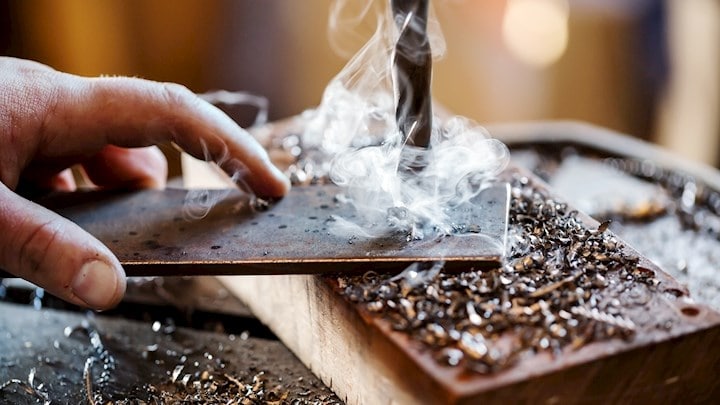The wet scrubber Handte Venturi is the recommended solution to remove fine particles with high dust loads from the raw gas stream extracted from industrial applications, even from those with higher temperatures. This can be flamable or explosive dusts from processing metal, steel, aluminium, magnesium or titanium as well as sticky powder or greasy vapours.

Processes in manufacturing facilities often generate dust and fumes which for example can pose health risks for your operators or compromise the quality and safety of your products. Determining the right capture and filtration solution helps to protect against the main risks of uncontrolled emissions and thus to create safe work environments.
Air quality Manufacturing and machinery Food and beverage Life science and healthcare
The potential for a combustible dust explosion is a reality in any industrial manufacturing facility. But operations with processes that generate combustible metal dusts are especially at risk and require special consideration when selecting an equipment supplier. Camfil´s new eBook lists seven important considerations for determining whether a dust collector equipment supplier has the knowledge necessary to keep your operation safe and compliant.
Manufacturing and machineryMetalworking facilities must be diligent in controlling harmful dust and fumes, especially those that contain harmful metal particulates from processes such as welding, thermal cutting, sanding and polishing. To better understand what should be considered when handling dust and fumes in metal processing we have created an ebook with 7 tips as a free download.
Welding, grinding and laser/plasma cutting processes produce huge amounts of fine PM1 particles and various harmful gases that cannot be removed from the indoor air by ventilation alone.